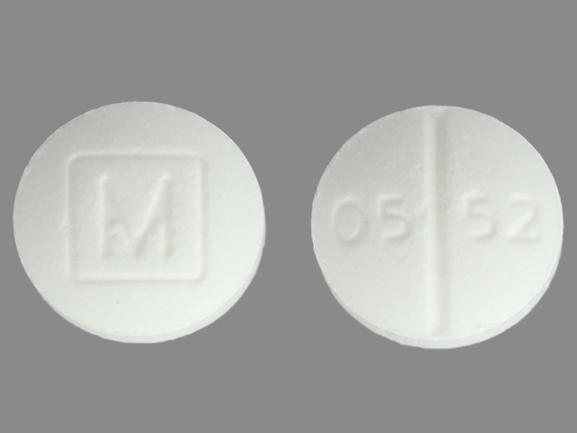Understanding the Different Kinds Of Oxycodone Formulations Available in the marketplace
In the world of pain monitoring, oxycodone stands as a potent analgesic with various formulations customized to specific needs. Comprehending the subtleties in between immediate-release, extended-release, controlled-release, combination, and abuse-deterrent formulas is critical for doctor and people alike. Each alternative deals a special set of considerations and benefits, affecting therapy efficacy and security accounts. By delving into the distinctive attributes of these oxycodone formulations, a more clear image emerges regarding their viability for different scientific scenarios.
Immediate-Release Oxycodone
Immediate-release oxycodone is a commonly suggested opioid medication commonly utilized to take care of acute pain. It belongs to a course of medicines called opioid anesthetics, which function by binding to opioid receptors in the mind and spinal cord, minimizing the assumption of discomfort. This formula of oxycodone is made to provide rapid pain relief, normally within 15 to half an hour of intake, with peak results occurring within 1 to 2 hours.
Healthcare carriers might suggest immediate-release oxycodone for problems such as post-operative discomfort, injuries, or various other temporary painful conditions. It is important for clients to follow their medical care provider's instructions meticulously when taking immediate-release oxycodone to reduce the danger of adverse effects and problems.

Extended-Release Oxycodone
Provided the demand for longer-lasting discomfort management solutions in certain cases, Extended-Release Oxycodone provides a sustained-release formulation of the medication for prolonged alleviation. This solution is created to gradually release oxycodone right into the blood stream over an extensive period, typically providing alleviation for as much as 12 hours per dosage. Extended-Release Oxycodone is typically prescribed for individuals requiring 24/7 pain monitoring who can not achieve appropriate relief with immediate-release formulations alone.
Among the vital advantages of Extended-Release Oxycodone is its capability to keep consistent medicine levels in the body, minimizing the regularity of application compared to immediate-release formulas. This extensive application interval can result in enhanced convenience for people and potentially far better pain control by minimizing variations in medication focus.
It is critical to note that Extended-Release Oxycodone lugs a high threat of addiction, misuse, and misuse, highlighting the significance of rigorous adherence to the recommended dosing regimen and close monitoring by health care companies. Clients need to only use this formulation under the assistance of a health care specialist to minimize the danger of unfavorable effects.
Controlled-Release Oxycodone
Just How does Controlled-Release Oxycodone vary from Extended-Release formulations hurting administration strategies?

Contrasted to Extended-Release formulations, Controlled-Release Oxycodone might provide an extra foreseeable and precise launch of the medicine. This can be helpful for clients requiring consistent discomfort monitoring without the changes that might accompany various other solutions. Additionally, Controlled-Release Oxycodone might be favored in cases where a more gradual and controlled release of the medication is preferred to manage persistent pain conditions effectively.
Oxycodone Combination Formulations
Oxycodone Mix Solutions incorporate oxycodone with various other active components to enhance discomfort administration efficacy. By incorporating oxycodone with compounds such as acetaminophen or pain killers, these formulations aim to supply a collaborating effect in soothing discomfort next (Buy Oxycodone online). Acetaminophen, for instance, can match oxycodone's analgesic buildings by targeting various pain paths, potentially bring about improved pain relief
One usual oxycodone mix formulation is Percocet, which blends oxycodone with acetaminophen. This mix is frequently recommended for moderate to extreme discomfort management. One more widely known formula is Endocet, which also combines oxycodone with acetaminophen, offering comparable advantages hurting control.
The enhancement of other active components in oxycodone combination formulas can additionally help in reducing the general opioid dosage needed for effective discomfort alleviation, potentially decreasing the threat of side impacts related to greater opioid doses. It is crucial for healthcare service providers to carefully evaluate each individual's requirements and medical history before suggesting oxycodone combination formulas to make sure safe and effective discomfort management.
Abuse-Deterrent Oxycodone
Abuse-deterrent formulas of oxycodone have been developed to help minimize the dangers related to opioid misuse and misuse. These solutions are designed to make it much more tough to damage the medicine for the objective of abuse. They include certain modern technologies that hinder common approaches of abuse, such as squashing the tablets for snorting or injecting. By making it harder to change the medication's original type, abuse-deterrent oxycodone aims to minimize the likelihood of misuse and addiction.
One usual method utilized in abuse-deterrent solutions is the addition of physical click this barriers that stop the tablets from being crushed or dissolved conveniently. Some formulations likewise consist of substances that create an undesirable result if the drug is tampered with, better discouraging misuse. While these solutions are not sure-fire and can not entirely remove the risk of misuse, they stand for a step onward in dealing with the opioid epidemic by making it a lot more hard for individuals to misuse oxycodone.
Conclusion
In final thought, it is essential for medical care professionals to comprehend the various kinds of oxycodone solutions readily available in the marketplace. Immediate-release, extended-release, controlled-release, combination solutions, and abuse-deterrent oxycodone each have their own distinct characteristics and indicators. By being educated concerning these formulations, healthcare carriers can make enlightened choices when suggesting check my source oxycodone to people, considering variables such as pain administration needs, potential for abuse, and individual person threat aspects.
Extended-Release Oxycodone is commonly prescribed for individuals calling for around-the-clock discomfort monitoring that can not accomplish sufficient alleviation with immediate-release solutions alone. - Buy Oxycodone online
